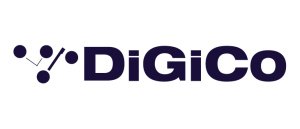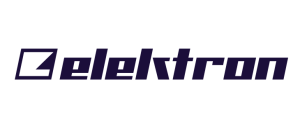Although the international TV coverage focused on politicians and falling dominoes, some of the most exciting events marking the reunification of East and West Germany took place a few days earlier. The Strasse des 17 Juni, a broad avenue which connects the Berlin victory column to the famous Brandenburg Gate, was liberally equipped with NEXO tangent-array systems to accommodate a unique parade of giant marionettes and a free concert for over 1 million people, courtesy of Coca-Cola.
The centre of Berlin was a historic showcase for NEXO loudspeaker products as the celebrations got underway for the 20th anniversary of the fall of the Berlin Wall, and the start of the reunification of Germany. More than a million people filled the streets of the city to watch a performance lasting several days by France’s Royal de Luxe street theatre company. Entitled “The Berlin Reunion”, the show featured two giant marionettes – a deep-sea diver called the Big Giant and his niece, the Little Giantess – who walk the streets of Berlin, seeking each other after many years apart.
The Royal de Luxe company is a long-time user of NEXO sound systems, and each of the giant marionettes was pulling behind them a ‘band-wagon’, a long trailer transporting musicians and a stacked GEO D/GEO Sub/CD18 system, with GEO S8 and GEO S12 cabinets flown from the steelwork structures attached to each puppet.
But the main event was staged in front of the “Brandenburger Tor”, one of the largest free concerts ever held in Germany. Entirely planned and realised by audio specialists artecom Veranstaltungs GmbH & Co. KG, Johannes Raack’s sound design for the Coca-Cola Soundwave finale included more than 250 NEXO loudspeaker cabinets and 40-plus subbass modules.
Featuring a number of up-and-coming German bands like Silbermond and Ich&Ich, the bill also included Barclay James Harvest.Johannes Raack of Artecom explains below the complexity of the system design, which had to comply with strict guidelines from the Environmental Agency on sound volume levels.
“The main objectives were to provide even coverage to the audience area in front of the stage along the Strasse des 17 Juni, and to the rest of the crowd using 14x delay towers in addition to the main PA. We had very accurate instructions from the Environmental Agency, and, as the nearest ombudsman is located in a building next to the Brandenburg Gate, the production company requested directional systems with high backwards attentuation. With the use of the NEXO tangent-arrays GEO T, GEO D and GEO S, as well as the subs CD18 and GEO SUB, we were able to comply with all the guidelines.”
“The mainstage PA (main, centre, nearfill, subbass, delay tower 1 and the Videowall adjacent to main stage) was accessed over an EtherSound network and controlled from front-of-house by network operator Peter Sobisiak. Inputs for the showmixer were implemented via Yamaha AD8HR converters and Auvitran EtherSound mini-YGDAI cards over another EtherSound network. All the different networks were consolidated in a common Gigabit network, which used fibreglass connections (to meet the requirement for redundant ducting) to cover the distances of up to 200 metres from device to device.”
For the main stage, artecom’s Johannes Raack specified NEXO GEO T, left and right hangs of 16x T4805 plus 2 downfill modules, with a centre cluster of 4x S805’s plus 1x S830, and 22x CD18 subs. For the performers, there was a fully-featured monitoring system – GEO S1210’s for sidefill, pus 14x PS15 cabinets on the floor, with a separate PS15/Alpha Sub arrangement for the drummer.
At the nearby videowall, two arrays each with 6x GEO D10 modules and 2x GEO SUB were used. The first PA delay used L/R hangs of 12x D10 plus 2x CD18 subs per side. For the rest of the delay towers, 13 in total, variations of NEXO GEO S12 and S8, Alpha cabinets and subs were deployed, up to 32x S8 cabinets on two single towers, which indicates the size and spread of the crowd.









































